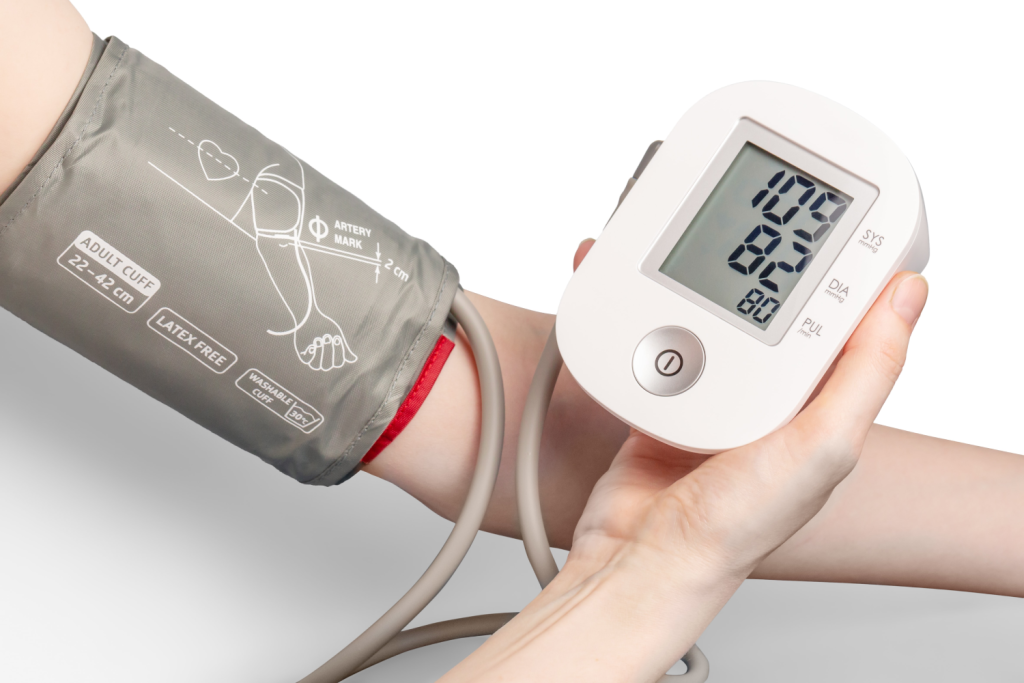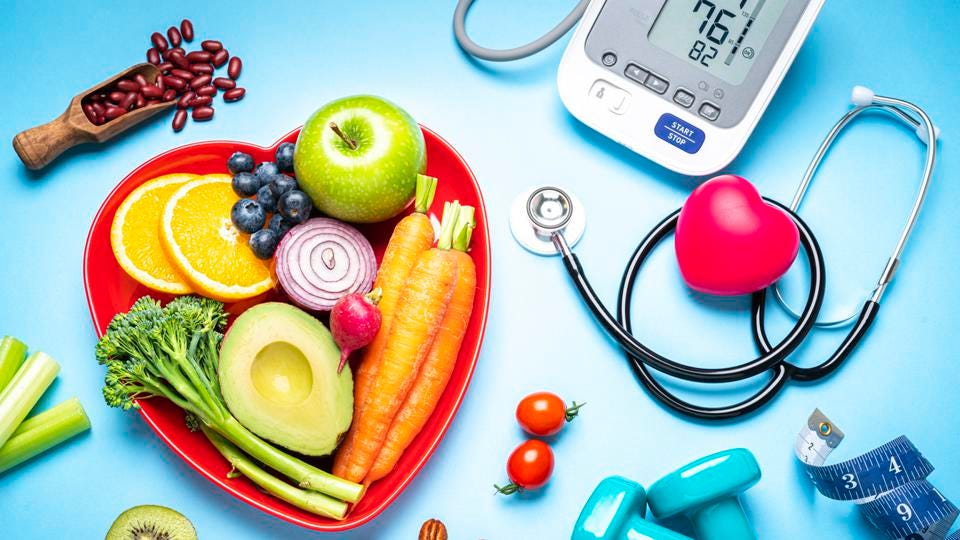Medical updates: Hypertension is a widespread condition that affects up to 40% of individuals. It is one of the most common medical conditions for which medications are prescribed. The majority of hypertensive persons have primary hypertension.
What is high blood pressure?
When your blood pressure or the force of your blood pressing against the walls of your blood vessels is consistently high, you have high blood pressure or hypertension.
As a result, your heart and blood arteries have to work more to pump blood, making them less efficient. This might cause tissue damage inside the arteries over time. This increases the chance of a heart attack or stroke. Also read: https://medicalupdates.in/medical-updates-benefit-of-coffee-with-milk/
Hypertension is often asymptomatic, hence it is often known as the silent killer. Primary hypertension and resistant hypertension are two kinds of hypertension. If your blood pressure is consistently high, you should have it examined and start treatment.
What do blood pressure numbers mean?

Blood pressure is measured using two numbers:
The first number, systolic blood pressure, measures how much pressure is in your arteries when your heart beats.
The second number, diastolic blood pressure, measures the pressure in your arteries between heartbeats.
If the systolic pressure is 120 and the diastolic pressure is 80, you might say “120 over 80” or write “120/80 mmHg.”
Types of hypertension
1. Primary hypertension
It is usually asymptomatic and can be detected by routine blood pressure monitoring or community screening. Indian patients with primary hypertension go undetected since they are often unaware of their condition. As a consequence, the Ministry of Health and Family Welfare Guidelines recommended that patients with risk factors such as obesity, diabetes, a history of cardiovascular disease, those over the age of 60, and current smokers undergo routine screenings.
2. Secondary hypertension
Usually, the outcome of a known reason causes a rapid deterioration in blood pressure. It is a complication of disorders such as obstructive sleep apnea, aldosteronism, renovascular hypertension, and renal disease (OSA). Secondary hypertension affects 5-10% of hypertensive patients, with 2-3% developing reno-parenchymal hypertension and 1-2% developing reno-vascular hypertension.
3. Gestational hypertension
It is a pregnancy-related disorder that increases the risk of maternal mortality and fetal abnormalities. It can arise with or without a diagnosis of preeclampsia.
4. White coat hypertension
It is also known as isolated clinic hypertension because it is characterized by elevated blood pressure measurements in the office but normal values outside of the office. Ambulatory blood pressure monitoring is used to diagnose white coat hypertension. Patients with white coat hypertension have office blood pressure results that are at least 20/10 mmHg higher than their ambulatory values. White coat hypertension is more common in younger Indian individuals than in elderly ones.
5. Resistant Hypertension
Noncompliance with therapy and subpar antihypertensive therapy are ruled out as reasons when three or more antihypertensive agents, including diuretics, have failed to manage a patient’s hypertension despite treatment. Treatment-resistant hypertension is then identified in these patients. It affects 10% of the population and is associated with an increased risk of cardiovascular disease, end-organ damage, and mortality from any cause.
Health Threats from High Blood Pressure
In most cases, damage done from high blood pressure (HBP or hypertension) occurs over time. Left undetected or uncontrolled, high blood pressure can lead to:
- Heart attack – High blood pressure damages arteries, which can limit blood flow to the heart muscle.
- Stroke – High blood pressure can cause blood vessels that supply the brain with blood and oxygen to become blocked or burst.
- Heart failure – As a result of the increased strain caused by high blood pressure, the heart might expand and fail to provide blood to the body.
- Kidney disease or failure – High blood pressure can damage the arteries around the kidneys, impairing their capacity to filter blood effectively.
- Vision loss – High blood pressure can strain or damage blood vessels in the eyes.
- Sexual dysfunction – High blood pressure can cause erectile dysfunction in males and may contribute to reduced libido in women.
- Angina – High blood pressure can cause heart disease, especially microvascular disease, over time (MVD). Angina, often known as chest discomfort, is a frequent complaint.
- Peripheral artery disease(PAD) – Atherosclerosis induced by high blood pressure can lead to restricted arteries in the legs, arms, stomach, and brain, causing pain or fatigue.
How to manage hypertension?

1. Each patient’s individual profile and treatment response must be evaluated while selecting the optimal therapeutic drug for hypertension management.
2. ARBs (Angiotensin receptor blockers) can be used alone or in combination with CCBs (Calcium channel blockers) to reduce blood pressure in diabetics.
3. ARB and CCB combination therapy is recommended for hypertensive patients to enhance blood pressure management, minimize the risk of complications, and increase patient compliance.
4. To reduce patient mortality, combination treatment should be indicated in patients at risk for CVDs, renal disorders, or cerebrovascular disorders.
Also read this: https://medicalupdates.in/medical-updates-top-6-benefits-of-adding-fresh-mangos-to-your-diet-this-summer/
5. Monitoring of electrolyte levels, serum potassium, and creatinine levels, as well as a routine examination of kidney function, is recommended for patients with diabetic hypertension based on the choice of treatment drugs and their risk profile.
6. In CKD patients, blood pressure levels should be kept below 130/80 mmHg for renal and cardiovascular protection.
7. Those with Diabetes Mellitus and hypertension should have their blood pressure monitored 24 hours a day, seven days a week to keep their readings between 120 and 130 mmHg. Although digital equipment is recommended for at-home readings, an aneroid sphygmomanometer should always be utilised instead. Blood pressure thresholds are affected by age and coexisting disorders.

